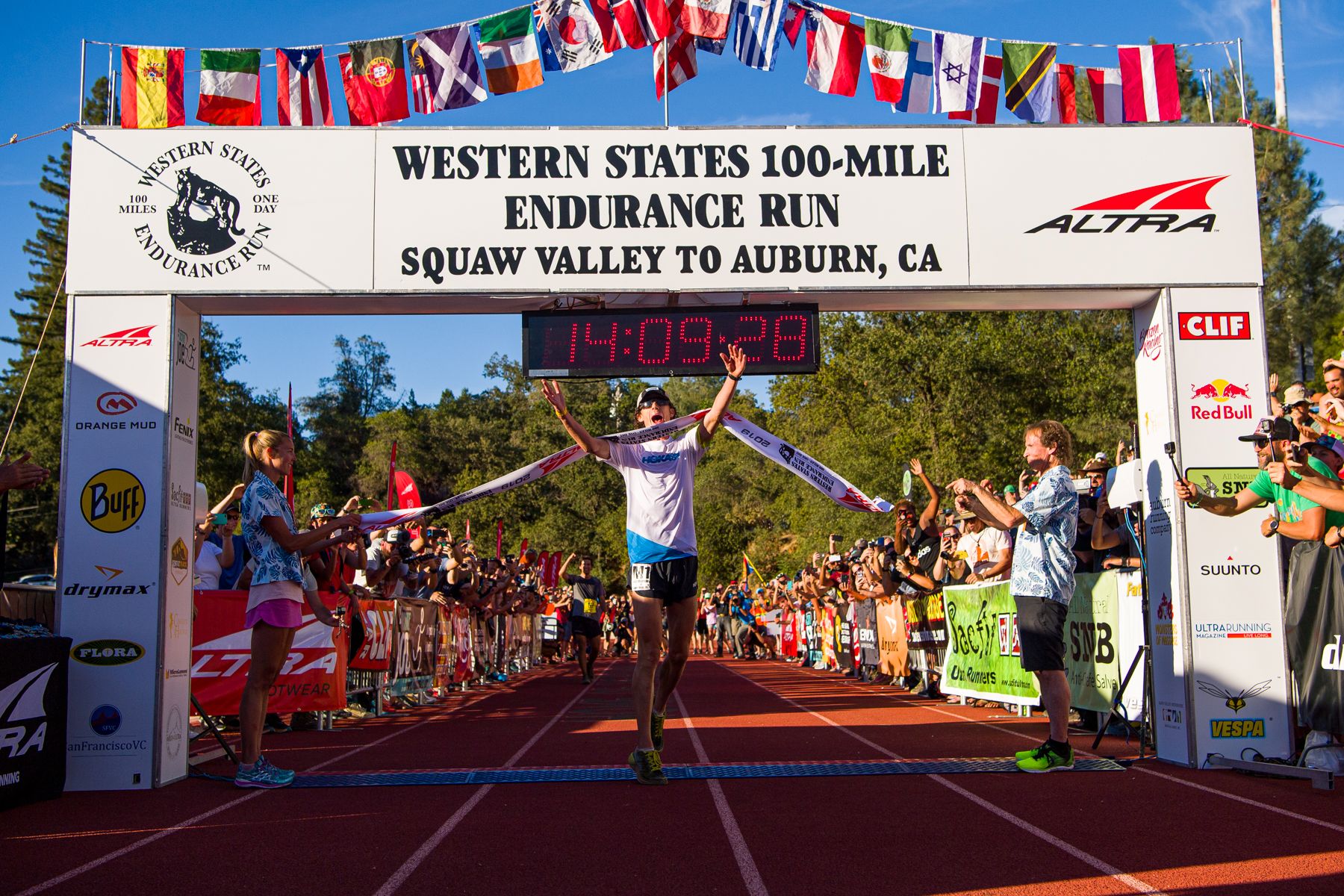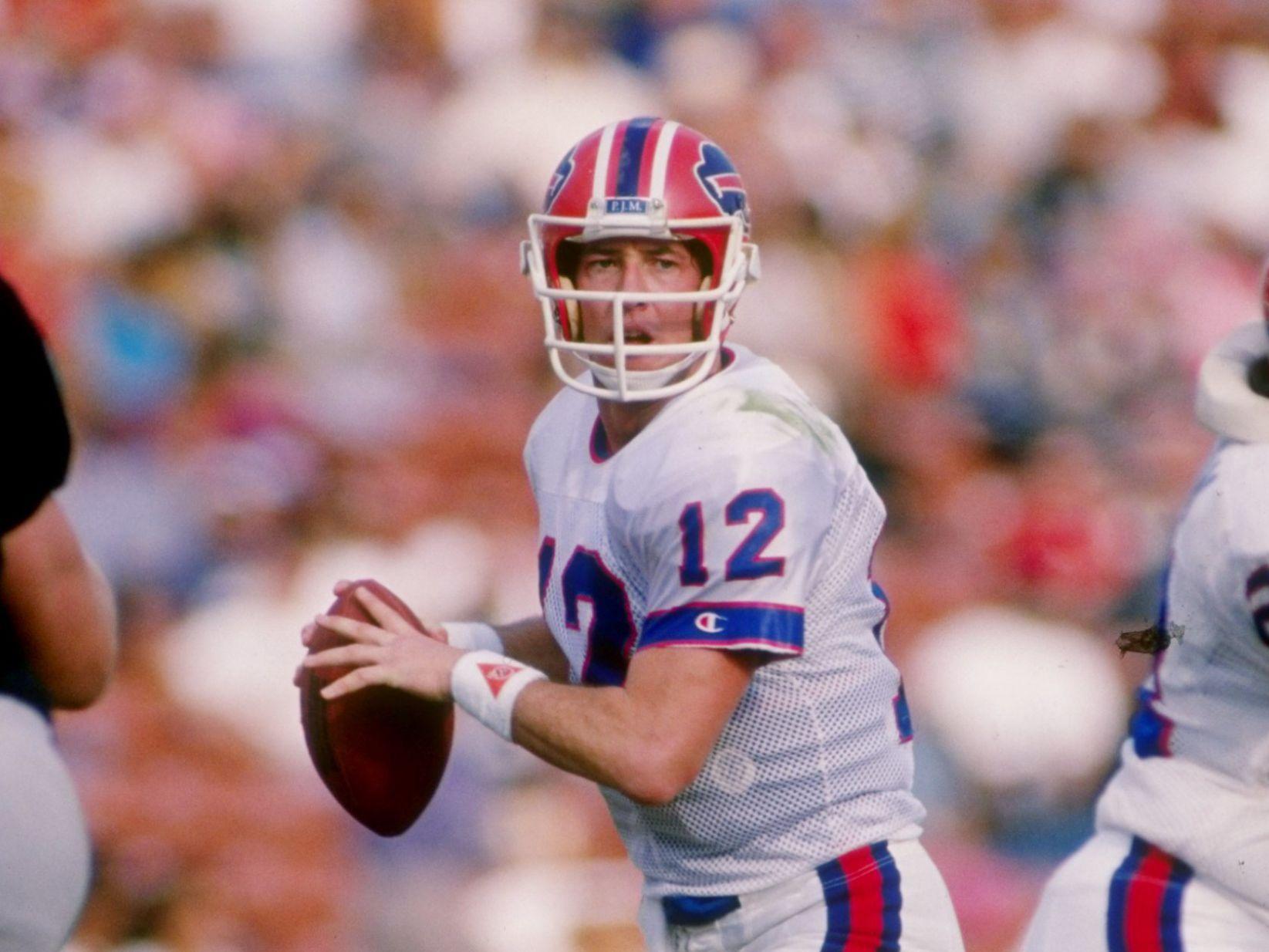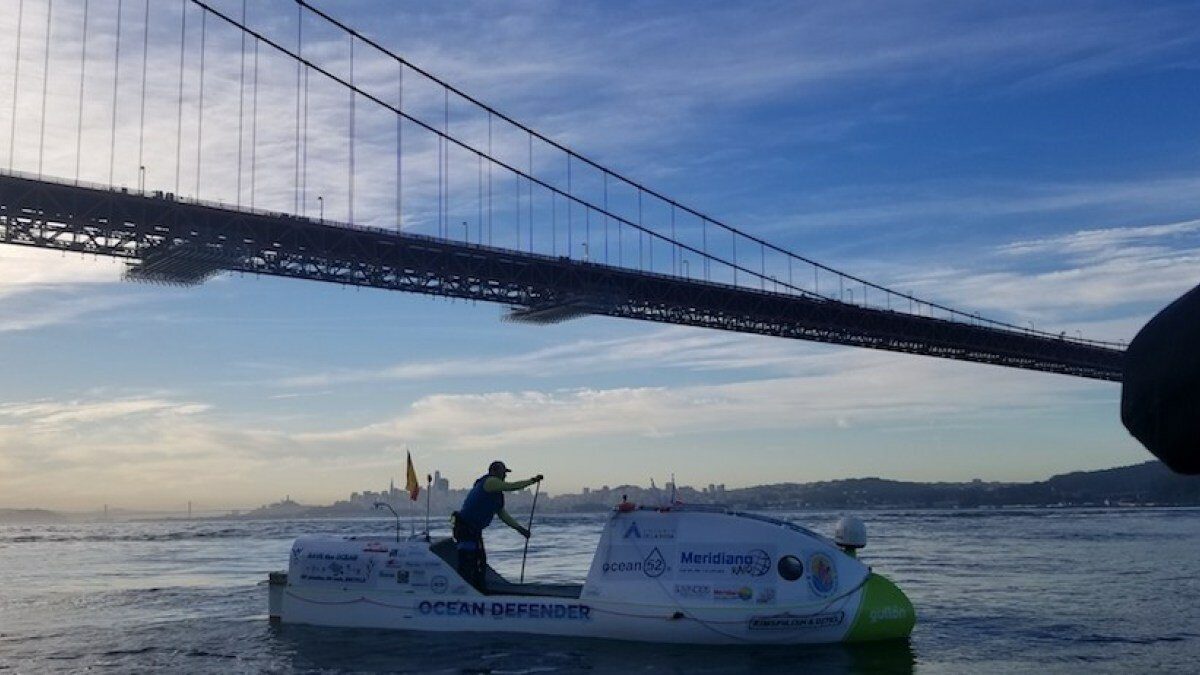The Iditarod Trail Sled Dog Race bills itself as “The Last Great Race On Earth.”
First run in 1973, the Iditarod is a sled dog race across Alaska. It starts in Anchorage, in the south central part of the state, and ends in Nome, along the western Bering Sea coast. Not just a sled dog race, Iditarod pits man and animal against nature. It cannot compare to any other competitive event in the world, covering 1,000 miles of the roughest, most beautiful terrain Mother Earth has to offer. A race only possible in Alaska, the Iditarod takes mushers and dog teams over jagged mountain ranges and through frozen river, dense forest, desolate tundra and miles of windswept coast. Run between eight days and three weeks in early March, competitors endure whiteouts, blizzards, gale force winds, long hours of darkness, and wind-chill temperatures that reach 100 below zero.
Iditarod is an abandoned town in Alaska. The name is derived from an Athabaskan word meaning “far distant place.” The Iditarod Trail, now a national historic trail, began as a mail and supply route from the coastal towns of Seward and Knik to the interior mining camps at Flat, Ophir, and Ruby and to the west coast communities of Elim, Nome and Unalakeet. Mail and supplies went in and gold came out—all via dog sled. Sled dogs were important to day-to-day life in villages throughout Alaska. In 1925, a diphtheria epidemic threatened Nome and serum was brought in by dog mushers and their hard-driving animals. In the early 1970s, Joe Redington Sr., co-founder and “Father of the Iditarod,” had a vision to protect the Alaskan Husky—which was being replaced by the snowmobile—and the trail.
Regarded as a symbolic link to early Alaskan history, the Iditarod is a popular event, with mushers and their dogs local celebrities. The race starts the first Saturday in March, at the intersection of Fourth Avenue and D Street in downtown Anchorage, with a field of 50 mushers—largely rural Alaskans– and about 1,000 dogs. Following a ceremonial, untimed run of 11 miles, the teams travel 80 miles north to Willow for the official restart. The race route is alternated every other year. In even-numbered years, it runs north through Cripple, Ruby and Galena, while in odd-numbered years it travels south through Iditarod, Shageluk, and Anvik. The race brings a spurt of activity and excitement to areas otherwise quiet and dormant during the long Alaska winter, providing an economic boost to these small Alaskan outposts.
To qualify for Iditarod, mushers must be over 18 and have previously participated in the race. First-time competitors are required to participate in three smaller races held in Alaska in order to get in. Teams may be comprised of no more than 21 dogs, of which at least six must be on the towline at the finish. Mushers must sign in at checkpoints during the race. The northern route has 26 checkpoints and the southern route has 27. Some teams run in the daylight; some go by night. There are three mandatory rests that each team must take during the Iditarod: one 24-hour layover, to be taken at any checkpoint; one eight-hour layover taken at any checkpoint along the Yukon River and an eight-hour stop at White Mountain. Prior to the competition, mushers prepare “drop bags” of supplies which are flown ahead to each checkpoint by the Iditarod Air Force. Gear includes food for musher and dogs, extra booties for the dogs’ feet, headlamps for night travel, batteries, and tools for sled repairs.
Mushers spend an entire year raising money and getting ready to go to Nome. Training starts in late summer, and competitive teams run 2,000 miles during the run-up to March. Top teams spend up to $ 100,000 per year in breeding, veterinary care, food, gear and travel. In 2015, the Iditarod winner received a new pick-up and $ 69,000.
Top race dogs are mixed-breed Huskies that weigh between 45 and 55 pounds. Bred for speed, tough feet, endurance, good attitude and a desire to run, an Alaskan Husky will burn 5,000 calories a day during the Iditarod—three times that of a Tour De France cyclist [Daily Dose, 7/21/16 ]. A sled dog has three times the aerobic capacity of an Olympic marathon runner. All dogs are examined by a veterinarian before the start of the race and again at every checkpoint. Dogs that are injured or unfit are removed from the race and teams may not add dogs during the competition. The Iditarod Trail Committee oversees the health of the dogs. In 2007, the Board of Directors suspended a musher for two years, followed by three years’ probation, for abusing his sled dogs. Animal rights activists say that the race is dog abuse.
The inaugural race was won by Dick Wilmarth in 20 days, 0 hours, 49 minutes. Libby Riddles was the first female winner, in 1985, and Susan Butcher has won the Iditarod four times. Rick Swenson has won five Iditarod’s–most of all time—and is the only musher never to have finished out of the top ten in 20 races. The closest race was held in 1978, when Dick Mackey edged Swenson by one second in a photo-finish after two weeks on the trail. Mackey’s son Dick won the 1983 Iditarod, making them the first-ever father-son champions. Mitch Seavey is the event’s oldest winner [53], while his son Dallas in the youngest [25]. Dallas Seavy won the 2016 race, his third in a row. Norman Vaughn completed the 1,000-mile course at age 88.
Mushers from 14 countries have completed the Iditarod. An awards banquet is held the Sunday after the winner’s arrival in Nome, where brass belt buckles and patches are awarded to all finishers. The “Golden Harness” is given to the lead dog or dogs of the winning team, Rookie of the Year goes to the top first-year finisher and the “Red Lantern”—signifying perseverance—is awarded to the last musher to cross the line.









